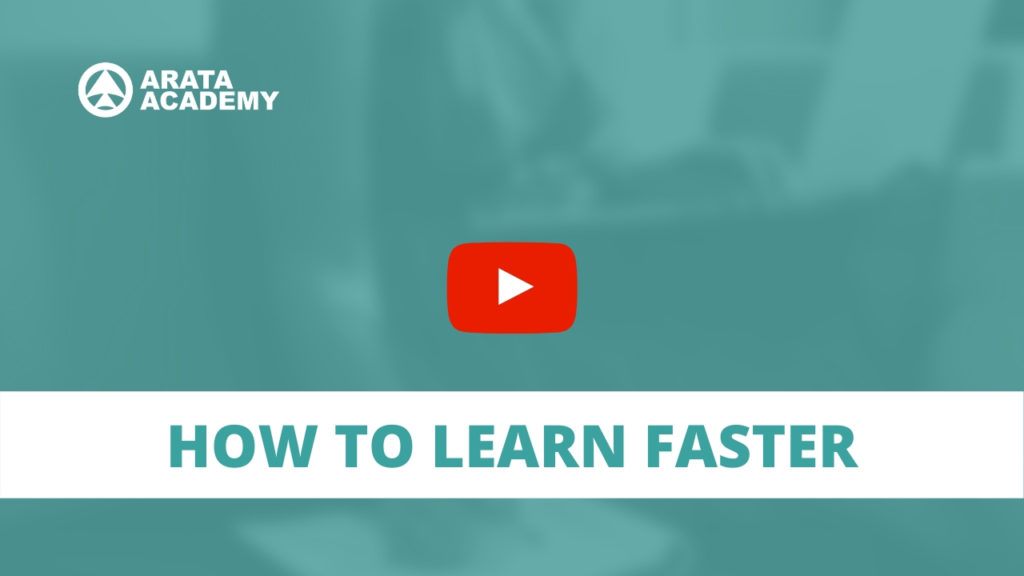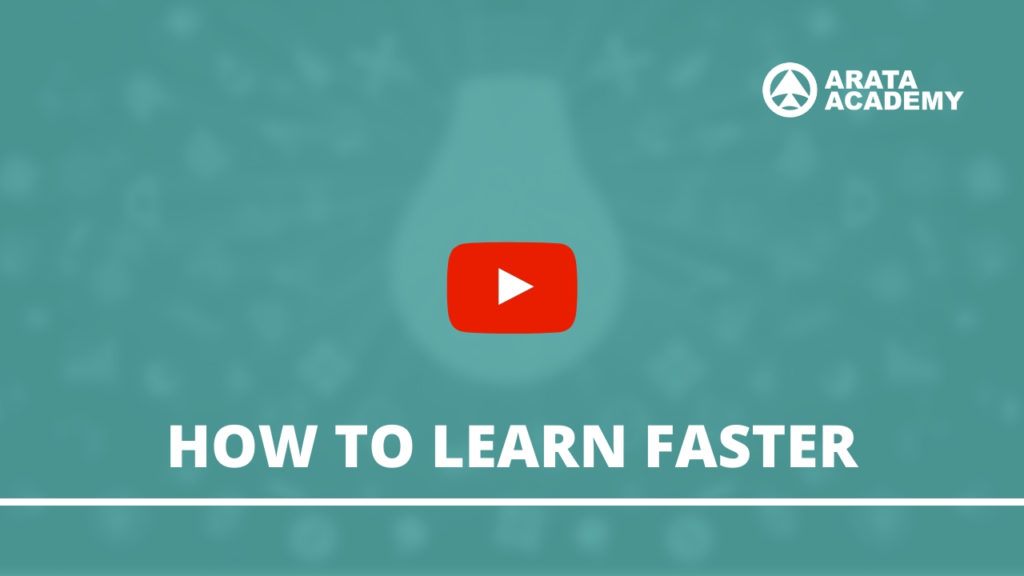Study Arata! When you were at school, you probably learned how to calculate the volume of regular objects. There are formulas to know the volume of a pyramid, cube or the volume of a sphere in square centimetres. But how could we calculate the volume of a completely irregular object like a banana, a rock or a shoe? Here comes Archimedes’ story:
There are different versions of the story but, in general, Archimedes was a wise, Greek man with knowledge in mathematics, physics and engineering, and spent a long time trying to find the formula to calculate the volume of irregular objects.
So, at the least expected moment, when he was taking a bath, he noticed that the water level rose up as he got deeper inside the bathtub. This way, he noticed that there was an easy way to calculate the volume of irregular objects: you should put said object into water and measure how high the water level goes so later, you can measure its difference and find the volume of the soaken object.
That’s how the popular use of the word Eureka came up: after this discovery, he ran through the streets of Greece all wet screaming Eureka! Eureka! Eureka! This word means something like “found” or “I found something”.
The importing thing about this story is not if it’s true or not, what I’m talking about is that interesting principle that’s behind it: there are some moments during our day that lead us to discover something, have more creative solutions for our problems.
Focused Thinking and Diffuse Thinking
For this talk to be easier, imagine that your brain has two big reasoning ways: focused thinking and diffused thinking.
You’re using focused thinking when you’re concentrated, just like Archimedes was when trying to find the formula.
And you’re using diffuse thinking when you’re relaxing and letting inspiration come, just like when he was in the bathtub.
When you’re very concentrated in one matter, seeing everything from the same perspective, your creative ability and diffuse thinking are being damaged.
And we want to have the best results when we learn something, right? Specially when solving problems or doing an exam. We should be able to use different ways of thinking, improve our comprehension and have good cognitive performances.
When you’re very focused on just one thing, you’re using all your mental ability to solve that one problem in a default perspective. In this case, we’re using our pre-frontal cortex to solve these questions.
The problem of using this way of thinking is that you’re not getting the benefit of some areas of the brain that are more creative.
An Eureka moment in my life
Recently I bought a coconut and would like to open it up using the knives and tools I already own. I even took a look at YouTube tutorials to help me out. I found out that a coconut has three holes, and one of them is the weakest of them all. You can put a knife in this hole and pierce it so you can put some liquid out and make the structure weaker. Then you just have to grab a stick, the same knife or any other tool to open the coconut.
All in all, I spent a lot of time trying to do it the way I just described. It wasn’t working like I wanted to, I got frustrated because I couldn’t hit it the right way in that weaker hole so I could drain the coconut, crack the structure and open it up…
Anyhow, I sat on the couch, upset, thinking about a better way to spend my time. It would be interesting to do som exercise to lower my stress level.
Eureka! In that moment I remembered I have some metal weights, the ones I use to do exercise at home. So why not use those weights to open up the coconut? And that’s exactly what I did, it’s also the way I currently use – faster and easier. One hit and it’s done, the coconut’s open. I don’t need to look for the weaker hole out of the three and all that jazz. This solution showed up right in front of me at the exact moment I was not thinking about how to open the coconut with my tools. I got relaxed, left everything on the side, thought about something else and that’s how I realised I could use the weights to open it up.
Learn how to change the way you think
When we’re against a difficult problem, and we find it hard to move forward, we can use two ways of thinking. A focused, and a diffused way.
The focused way is the one that allows us to deeply annalise one problem at a time. And the diffused one will help us look at the problem with another perspective.
But be careful! You can easily get lost during the times of diffused thinking. First, you need to learn how to switch the way you think efficiently.
There’s a very famous quote attributed to Albert Einstein: we can’t solve problems by using the same kind of thinking we used when we created them. You need to go far and get a new perspective.
At first, you use your focus to get a direct solution to your problem. You’ll notice some hypothesis or theories coming up about what you’re trying to solve. This will help you get a better understanding of the nature of your problem.
At this moment it would be useful to swap your thinking into the diffused one. How to do that?
When you reach this moment, stop thinking about the problem for a bit. Take a walk, read a magazine, have a chat with a friend or family member so can take a break.
By doing this, you’re letting your brain get out of the narrow way you had on the problem when you first started. You’ll also let it make associations with other things and concepts you weren’t using until just now. It’s like the story about the coconut that I told you before.
In our course FOCUS, you’ll learn how to make this switch efficiently, without getting distracted and forgetting about the problem. You can link here and get more details about this course.
Salvador Dalí’s Method
Before ending this video, I’d like to give you another example about focused and diffuse thinking.
You probably know about the surrealist paintings by Salvador Dalí. He profited from this creative potential of the diffuse thinking and the unconscious state by doing this: he would comfortably sit in an armchair, and grab a spoon. On the floor under him, he would place a plate. And there he would relax until falling asleep.
Once he fell asleep, he would drop the spoon on the plate – and the noise would wake him up. Because he was sleeping on purpose, to be relaxed and maybe dream a little, when he woke up he knew what he had to do first: remember those creative images from his dreams and go to work – with his mind focused, painting his masterpieces.
This way, he used the maximum potential of both states: focused and diffuse.
Using it in your day-to-day
You could be asking yourself: okay, but how can I use this in a test? To solve an academic problem?
You can start off by taking a quick look at your test, thinking about the hardest questions you don’t know the answer to. That’s your time to focus – thinking about those complicated questions.
Right after, as your time to relax, and not to be worried about those questions you don’t know the answer to, begin to answer the easier ones.
Just like everything we have shown here at the Arata Academy, this technique asks for training. You could train by doing some drill exercises, separating the easier and more complicated ones to solve at home, using a special time just for that.
In our course How To Learn Faster, we give examples about this and other learning techniques.
You can get to know more about this course by clicking on this link.

